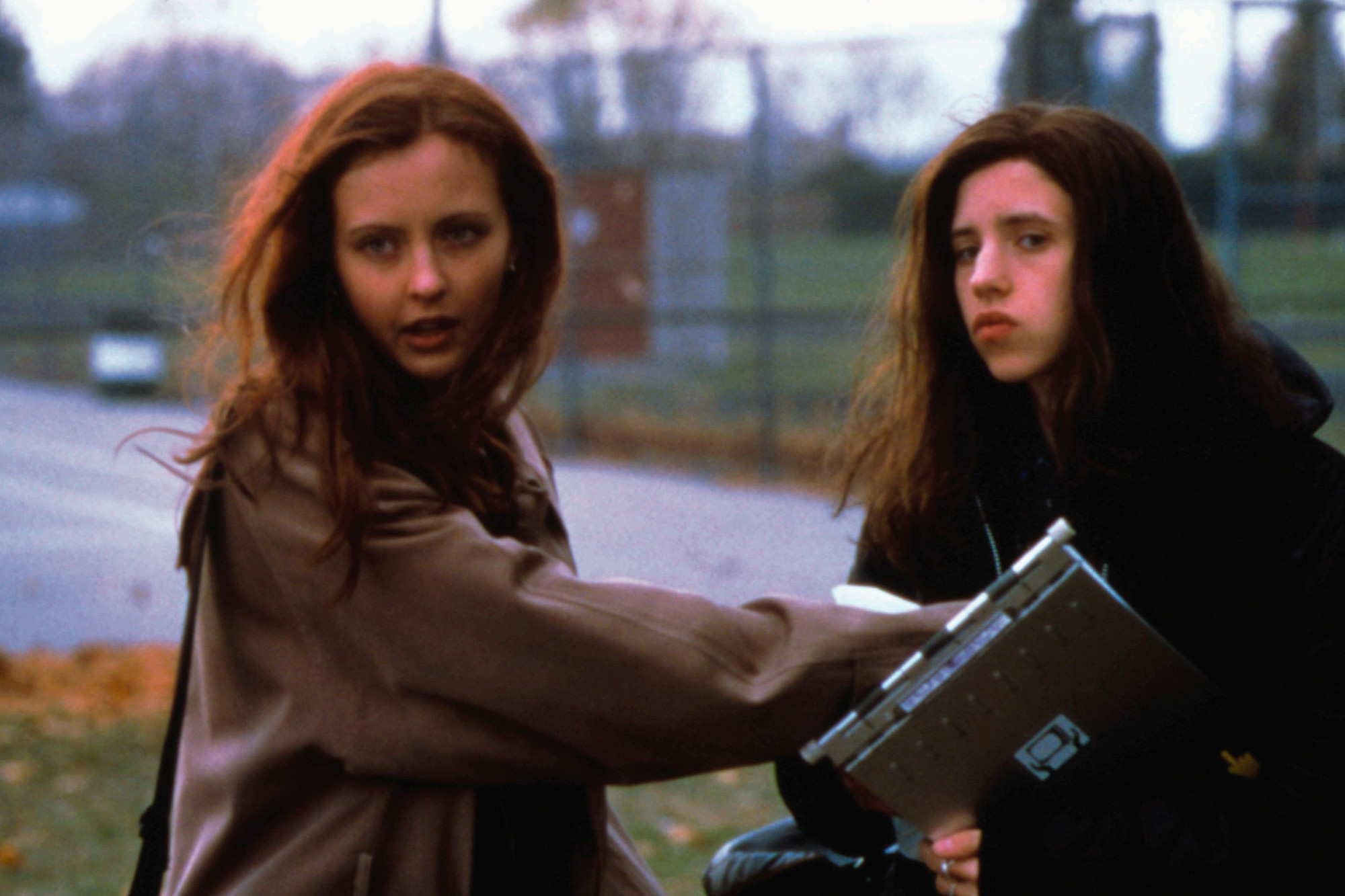A Cult Classic of Teen Horror and Transformation
Released in 2000, Ginger Snaps has become a cult favorite in the horror genre, celebrated for its unique blend of teen drama, dark humor, and supernatural horror. Directed by John Fawcett and written by Karen Walton, the Canadian film follows two misfit sisters whose lives spiral into chaos after a brutal attack on one of them coincides with the onset of puberty. It stands out as one of the most inventive and subversive werewolf stories ever told, tackling themes of adolescence, identity, and female empowerment through a sharp, sardonic lens.
The story centers on sisters Ginger and Brigitte Fitzgerald, played by Katharine Isabelle and Emily Perkins, respectively. Outsiders in their suburban high school, the sisters share a fascination with death and an unbreakable bond. Their world changes dramatically when Ginger is bitten by a mysterious creature on the night of her first period. As days pass, she undergoes disturbing physical and behavioral transformations—her wounds heal unnaturally fast, her confidence surges into aggression, and her hunger takes on a predatory edge.

What makes Ginger Snaps remarkable is its metaphorical depth. The werewolf curse functions as a vivid allegory for puberty and the upheavals of becoming a woman. Ginger’s changes parallel the confusion, fear, and empowerment of adolescence, while Brigitte becomes a reluctant caretaker and detective, trying to find a cure before her sister’s transformation becomes irreversible. The dynamic between the sisters is the emotional core of the film, portraying loyalty tested by fear and the inevitability of change.
Visually, the film avoids flashy CGI, instead relying on practical effects that lend a visceral and tangible quality to the horror. The creature design evolves throughout the movie, reflecting Ginger’s gradual loss of humanity. The muted suburban setting provides an effective contrast to the grotesque events, grounding the supernatural horror in a world that feels uncomfortably familiar.

Performance-wise, Katharine Isabelle delivers a standout turn as Ginger, balancing seductive charisma with unsettling menace. Emily Perkins gives Brigitte a quiet strength, embodying the fear, guilt, and determination of a sister desperate to save what’s left of her family bond. Their chemistry brings authenticity to the emotional stakes, elevating the story beyond typical horror tropes.
Upon release, Ginger Snaps was not a major box office hit, but it quickly found life through home video and word-of-mouth. Its unapologetic feminist undertones, sharp script, and refusal to shy away from body horror have since earned it critical reappraisal and a devoted fan base. The film’s success eventually spawned two sequels—Ginger Snaps 2: Unleashed (2004) and Ginger Snaps Back: The Beginning (2004)—which expanded on the Fitzgerald sisters’ dark legacy.
More than two decades later, Ginger Snaps remains a bold and intelligent entry in horror cinema. It defies the clichés of both teen movies and werewolf lore, offering a story that is as emotionally resonant as it is terrifying. For fans of horror that dares to mix gore with genuine insight into growing up, it is an enduring and essential watch.
-1752549128-q80.webp)
-1752112220-q80.webp)
-Film_-1752042343-q80.webp)
-1751708543-q80.webp)